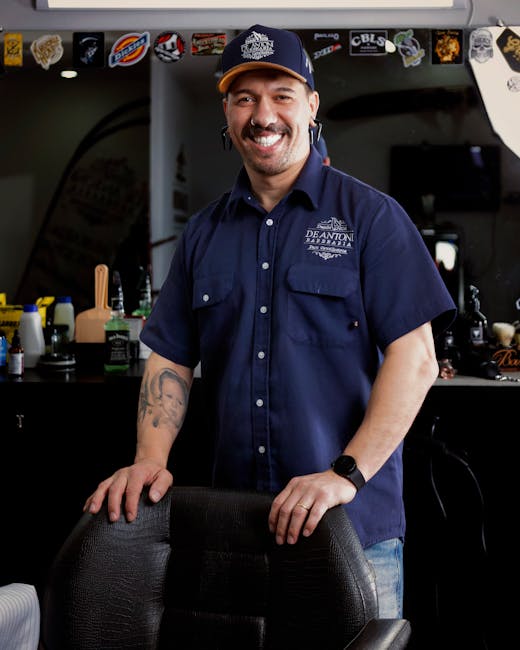The Art and Business of Custom Hat Design: A Modern Guide

The Art and Business of Custom Hat Design: A Modern Guide
In an era where personalization dominates consumer preferences, the custom hat business stands out as a fascinating amalgam of creativity and commerce. Historically, hats have served as more than mere fashion accessories; they've been symbols of status, tools for protection, and expressions of cultural identity. Today, with advances in technology and shifts in consumer behavior, the hat-making industry is undergoing a renaissance, fueled by entrepreneurs eager to tap into niche markets with high demand for individualization.
Understanding the Market: Trends and Consumer Behavior
Market Research: Before diving into the hat business, thorough market research is essential. Entrepreneurs must identify their target audience and assess market gaps. Tools like Google Trends and social media platforms provide real-time data on consumer preferences and seasonal trends. For example, beanies might trend in winter while sun hats gain popularity in summer. Additionally, engaging with potential buyers through surveys or focus groups can offer invaluable insights into consumer preferences.
Strategizing Product Development
Initial Product Line: For new businesses, starting with a small, carefully designed product line is advisable. This approach allows entrepreneurs to test the market with a few styles and gather direct feedback to refine future designs. Emphasis on quality and originality is crucial, especially if the brand aims to fill a specific market gap or showcase a unique identity. Modern design tools and sustainable materials play significant roles in these early stages.
Manufacturing and Quality Control
Investing in reliable manufacturing equipment, like the Hotronix 360 IQ Hat Press, can aid entrepreneurs in maintaining high-quality standards and ensure a faster production cycle. This control over production not only improves the profit margin but also enhances the brand's credibility by consistently delivering high-quality products.
Branding and Marketing: Building a Digital Presence
Online Marketing: In the digital age, establishing a strong online presence is imperative. Platforms like Instagram and TikTok are particularly effective for visual products like custom hats. Through targeted ad campaigns and influencer partnerships, brands can reach wider audiences and embed their products in various consumer lifestyles.
Niche Marketing: Choosing a specific niche can significantly bolster a brand's identity and market presence. Whether it's focusing on sun protection, cultural styles, or local themes, having a clear, targeted approach can differentiate a custom hat business from its competitors.
Comparative Analysis: Then and Now
Historically, hat makers were artisans who tailored products to individual clients, much like today's custom hat businesses. However, modern entrepreneurs have tools and platforms at their disposal that previous generations lacked. The ability to quickly adjust to market trends, utilize e-commerce, and engage with a global audience are distinct advantages of the current market that were not as accessible in the past.
Embrace technology and personalization; they are not just trends but the backbone of modern consumer products' success.
Future Trajectory and Strategic Importance
The custom hat business is not merely about selling a product; it's about creating an identity and an experience. As consumer demand for personalized products continues to grow, businesses that can adapt quickly, maintain high quality, and engage effectively with their audience will thrive.
Entrepreneurs in this industry must continue to leverage digital tools and embrace sustainable practices to stay relevant and competitive. The capacity to respond to consumer needs with agility and creativity will define the future leaders of the custom hat industry.
Conclusively, while the business of making hats is an old one, the strategies, tools, and platforms available today offer unprecedented opportunities for growth and innovation. The future looks promising for those who can blend traditional craftsmanship with modern marketing savvy.
